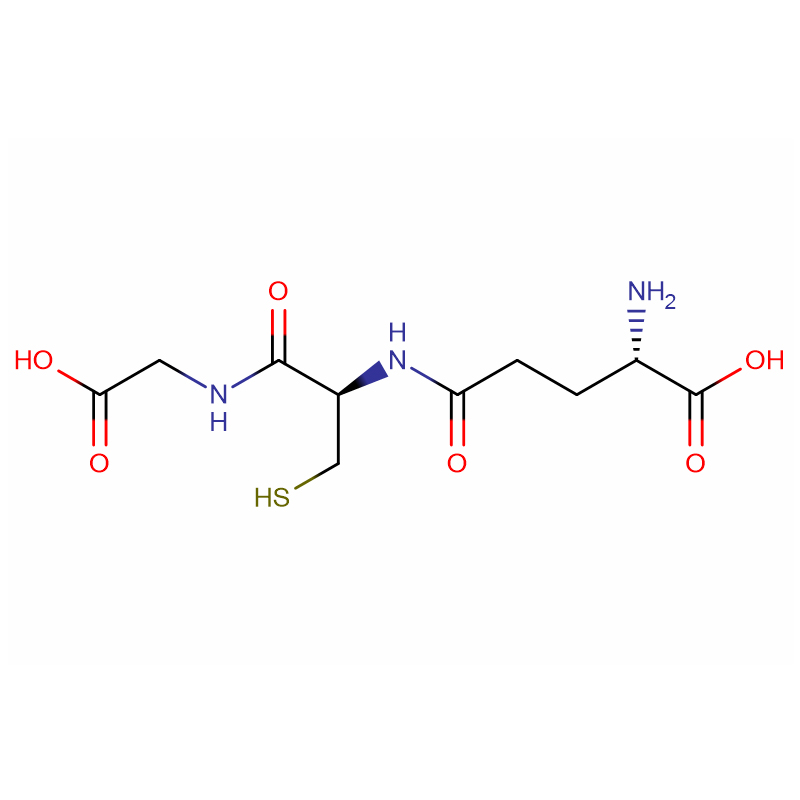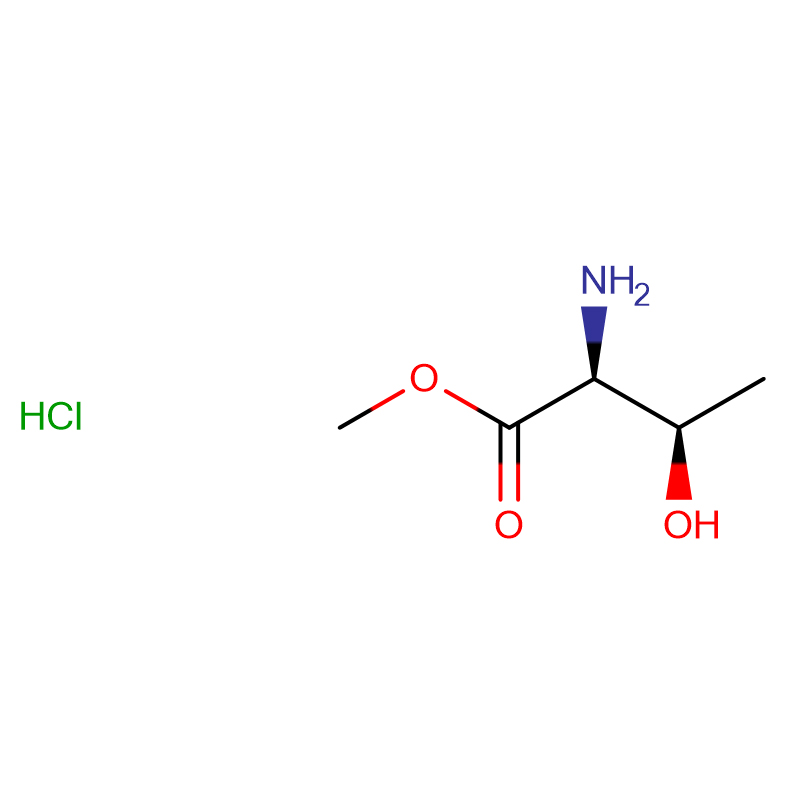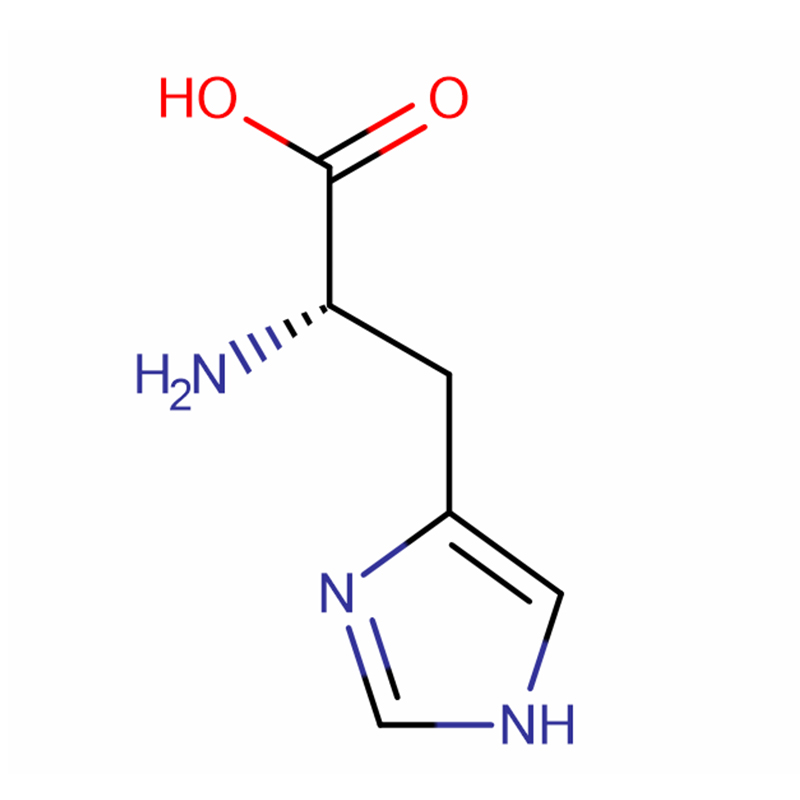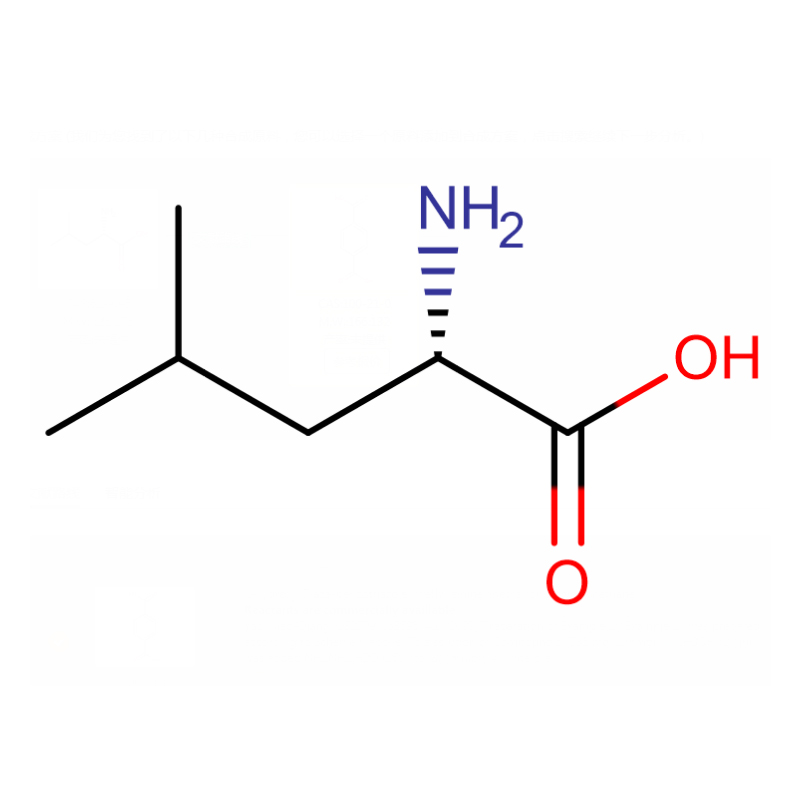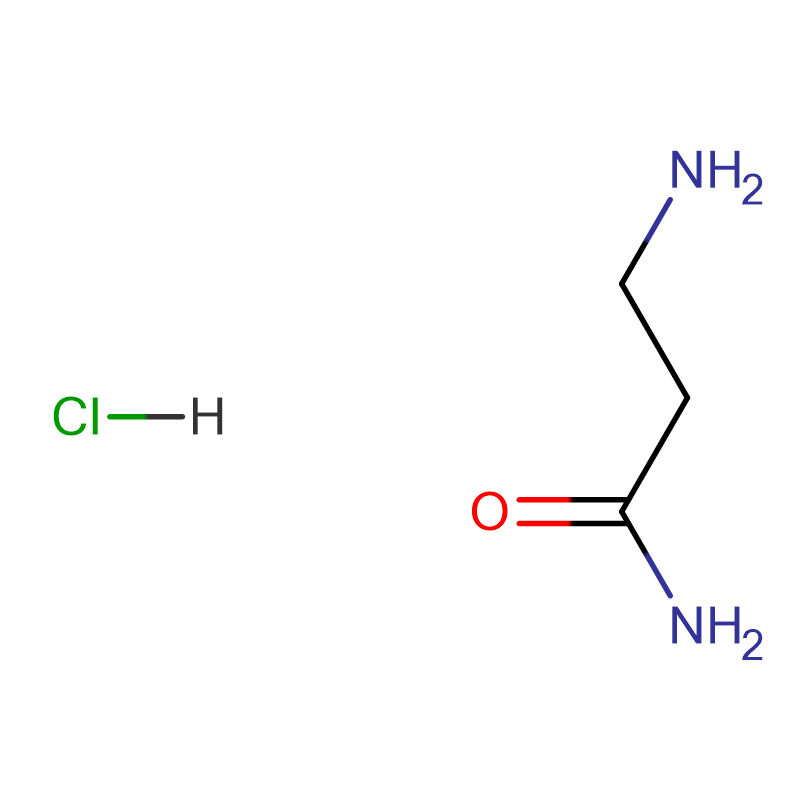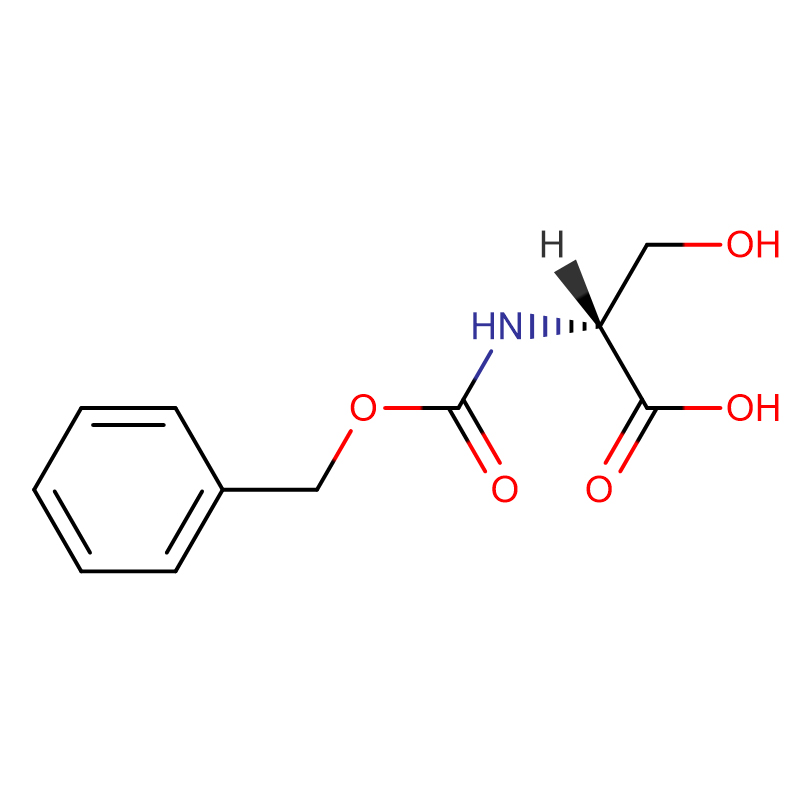Glutathione reduced Cas: 70-18-8 98-101% Clear and colourless
| Catalog Number | XD90284 |
| Product Name | Glutathione reduced |
|
CAS |
70-18-8 |
|
Molecular Formula |
C10H17N3O6S |
|
Molecular Weight |
307.32 |
| Storage Details | 2 to 8 °C |
|
Harmonized Tariff Code |
29309098 |
Product Specification
| Assay | 98% - 101% |
| Appearance | White crystalline powder |
| Grade | EP 7.0 |
| Impurity A | <0.5% |
| Impurity B | <0.5% |
| Heavy metals | <10ppm |
| Bacterial endotoxin | <0.10EU/mg |
| Impurity C | <1.5% |
| Impurity D | <1.0% |
| Loss on Drying | <0.5% |
|
Solubility |
Freely soluble in water, slightly soluble in ethanol and methylene chloride |
| Iron | <10ppm |
| Chlorides | <200ppm |
| Appearance of Solution | Clear and colourless |
| Specific optical rotation | -15.5 to -17.5 |
| Total Impurities | <2.5% |
| Ammonium | <200ppm |
| Sulfated ash | <0.1% |
| Sulphates | <300ppm |
| Impurity E | <0.5% |
Post-translational protein modifications, such as tyrosine phosphorylation, regulate protein-protein interactions (PPIs) critical for signal processing and cellular phenotypes. We extended an established yeast two-hybrid system employing human protein kinases for the analyses of phospho-tyrosine (pY)-dependent PPIs in a direct experimental, large-scale approach. We identified 292 mostly novel pY-dependent PPIs which showed high specificity with respect to kinases and interacting proteins and validated a large fraction in co-immunoprecipitation experiments from mammalian cells. About one-sixth of the interactions are mediated by known linear sequence binding motifs while the majority of pY-PPIs are mediated by other linear epitopes or governed by alternative recognition modes. Network analysis revealed that pY-mediated recognition events are tied to a highly connected protein module dedicated to signaling and cell growth pathways related to cancer. Using binding assays, protein compleme ntation and phenotypic readouts to characterize the pY-dependent interactions of TSPAN2 (tetraspanin 2) and GRB2 or PIK3R3 (p55γ), we exemplarily provide evidence that the two pY-dependent PPIs dictate cellular cancer phenotypes.


